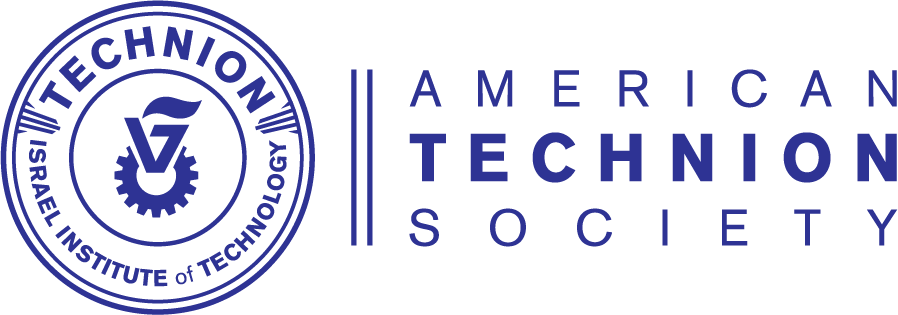Newswise — Solar power must become more efficient and less expensive to compete with energy produced by fossil fuels. Silicon-based solar cells are the dominant technology in the field, but the widespread adoption of these cells has been slowed by their high costs. Solar cells that use inorganic nanocrystals or "quantum dots" could be a cheaper alternative, but they are generally less efficient at turning solar energy into electricity.
Technion-Israel Institute of Technology researchers have now found a new way to generate an electrical field inside the quantum dots, making them more suitable for building an energy-efficient nanocrystal solar cell.
In their report in the October 9 issue of Nature Materials, Professor Nir Tessler (of the Zisapel Nano-Electronics Center in the Technion Department of Electrical Engineering) and colleagues describe how they "tuned" the electrical properties of quantum dots before testing their capabilities in a model solar cell.
Nanocrystal or quantum dots "are promising materials for low-cost and high efficiency solar cells" due to their unusual electronic properties, Tessler said. For instance, the size of a quantum dot is uniquely correlated to its light absorption, so changing a dot's size can maximize its ability to harvest light within a solar cell.
To live up to their promise, however, the dots must share electrons efficiently-a feat that has been difficult to control. The Technion study offers a new way to bring an electrical charge to the dots-each about one-millionth the size of the period at the end of this sentence.
Tessler and colleagues were able to generate strong electrical fields within the dots by capping them with two different organic molecules. The chemical groups that attach the molecules to the dots' surface generate the electrical field, they show.
Tessler said the findings give researchers one more method of controlling the building blocks of nanoelectronics. The dots are produced in an optoelectronic "ink" solution, he noted, which could make them suitable for future applications in "the field of printed electronics that will produce sheets of light or sheets of solar cells."
The researchers hope to combine these findings along with their previous experiments that mix different kinds of nanocrystals, to discover whether combining the two methods might lead to even more efficient energy production.
The Technion-Israel Institute of Technology is consistently ranked among the world's leading science and technology universities. Home to three of Israel's five winners of the Nobel Prize in science, the Technion commands a worldwide reputation for its pioneering work in computer science, nanotechnology, biotechnology, energy, water-resource management, medicine, drug development, and aerospace. Headquartered in New York City, the American Technion Society (ATS) promotes scientific and technological research and education at the Technion.
